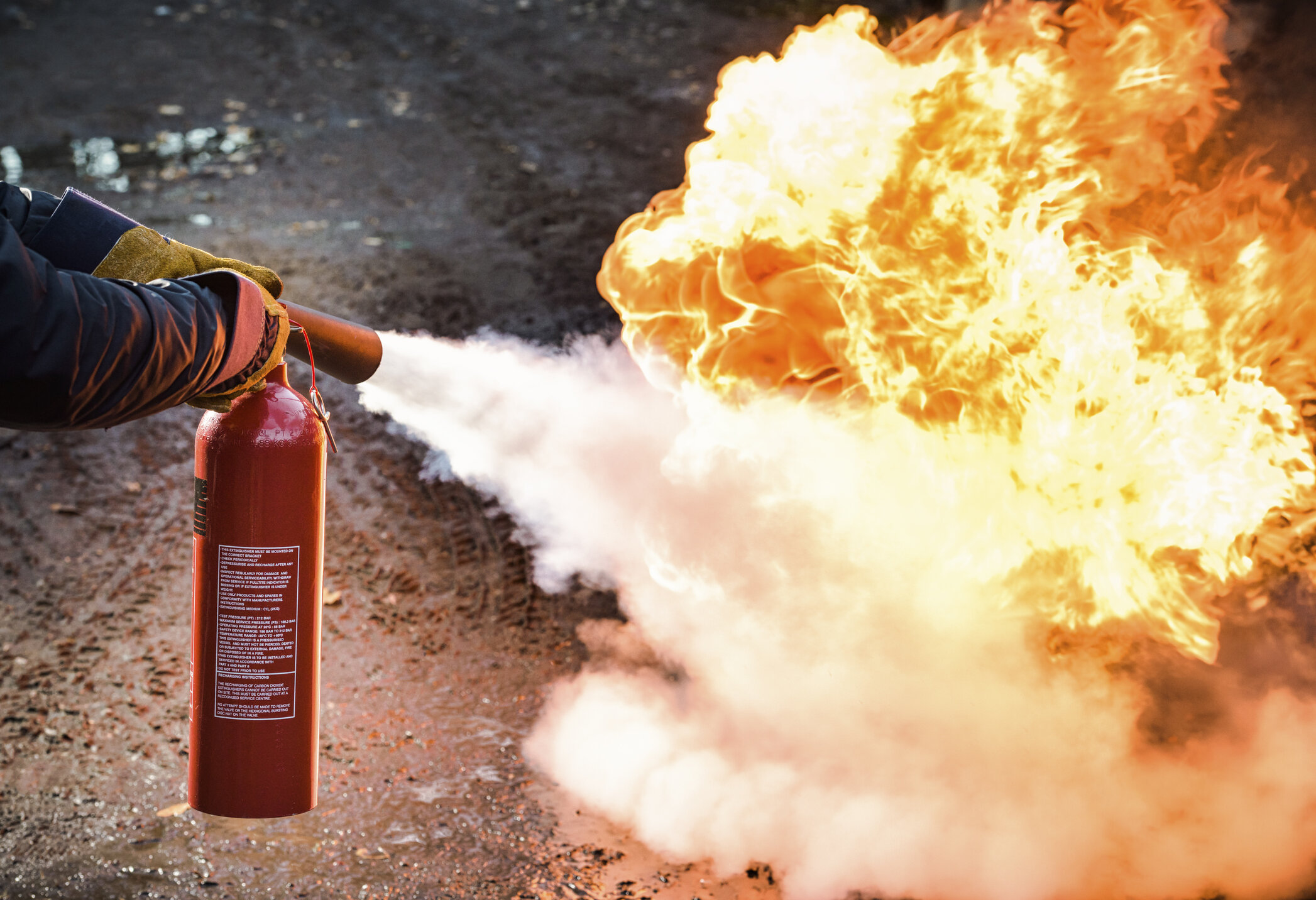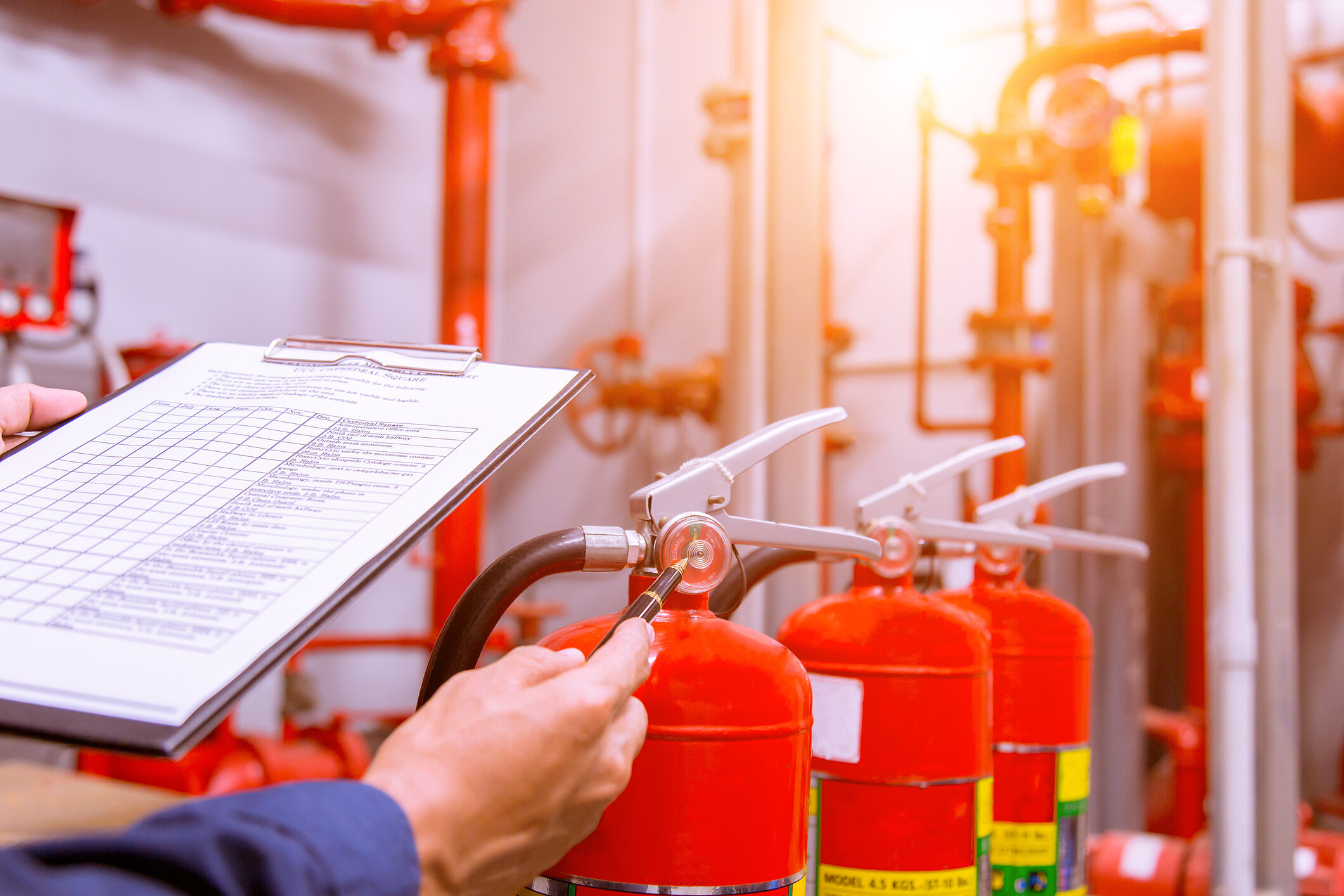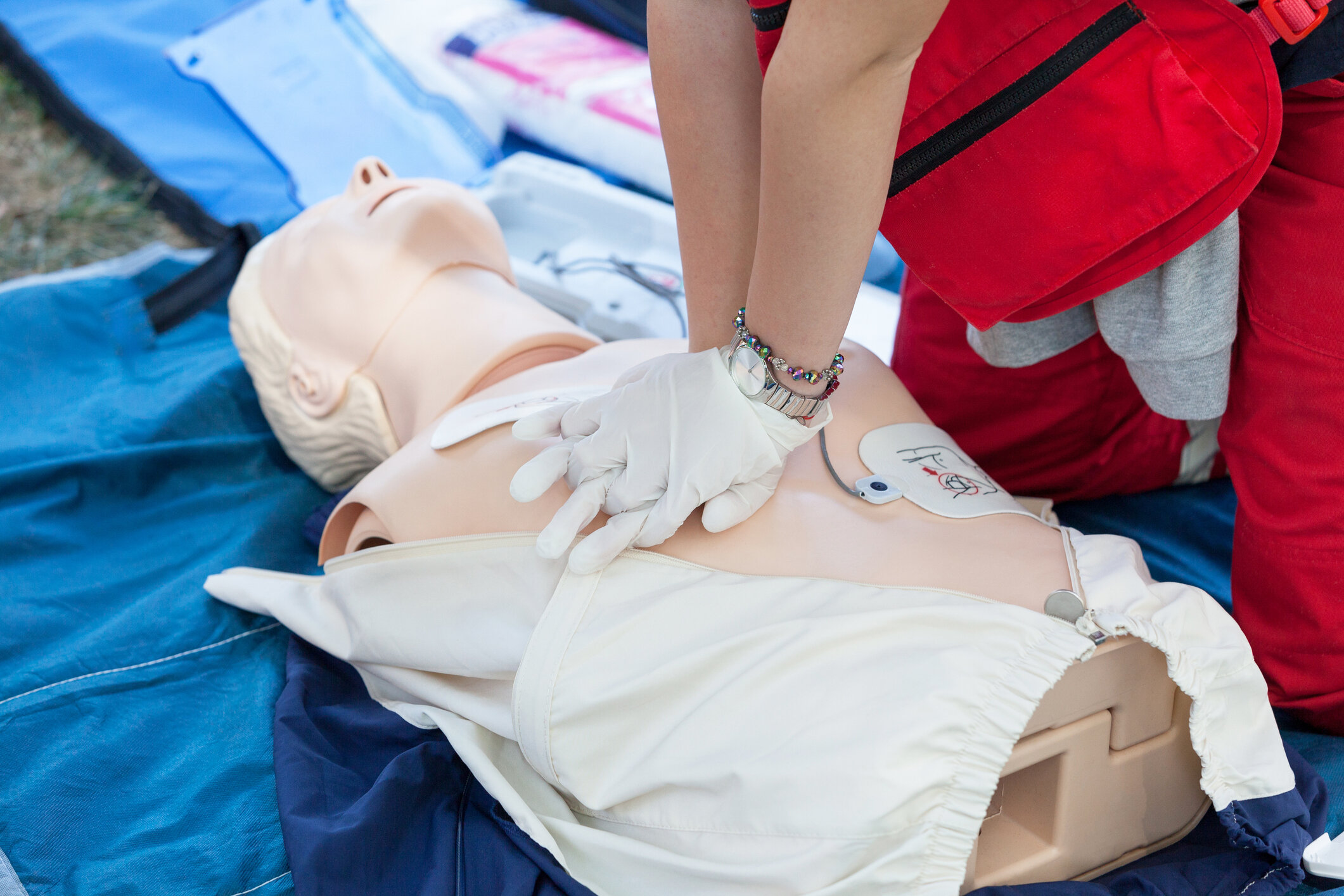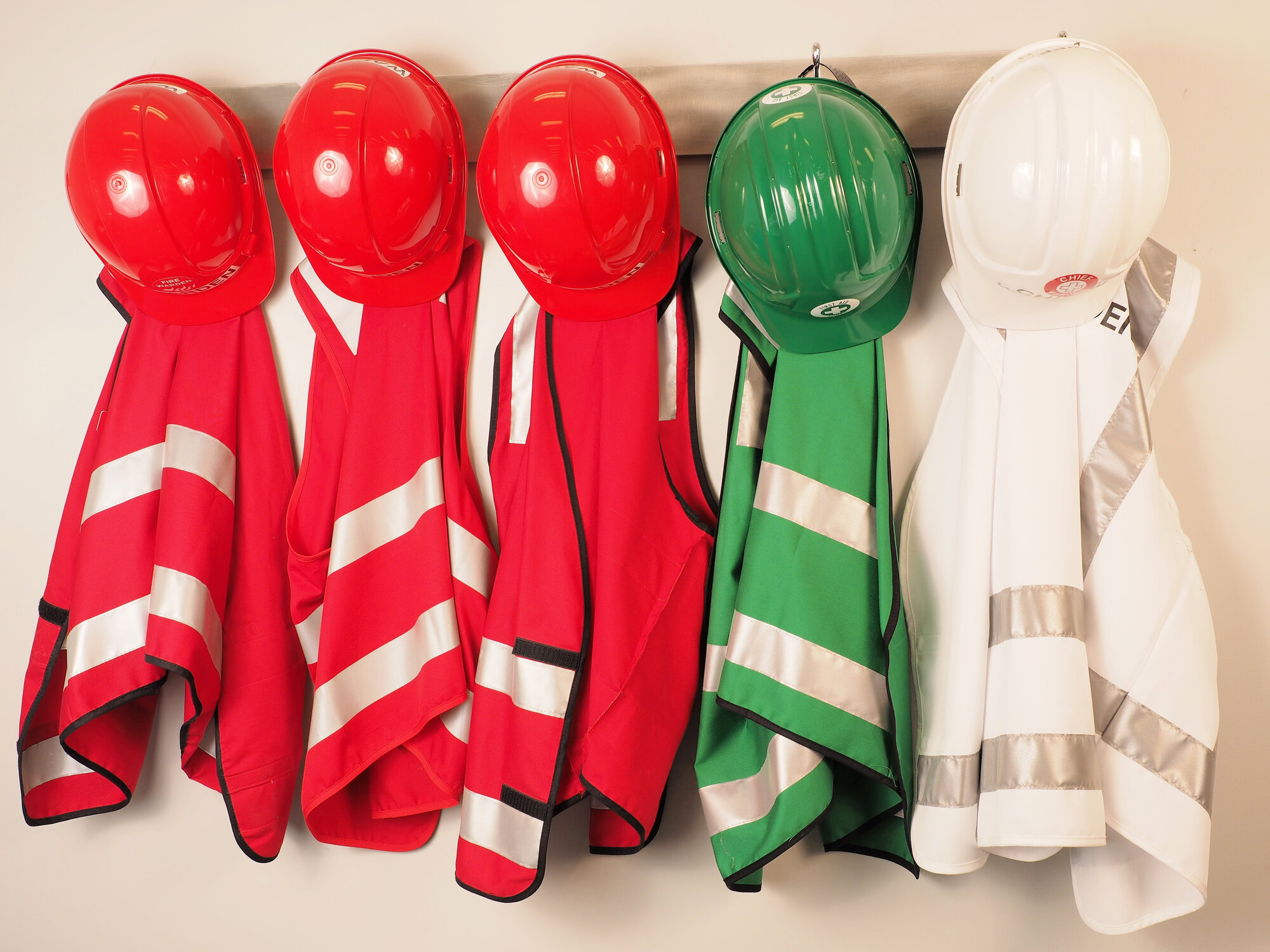Equipment Special: How to kit out your facility appropriately
Not sure how many fire extinguishers you need, or where to put them? This blog post is for you.
We often get asked:
How many fire extinguishers do I need at my facility?
What type of fire extinguishers do I need?
What size of fire extinguisher do I need?
Do I need other equipment as well?
Where should the fire extinguishers and emergency response equipment be located?
If you were wondering the same, then in this blog post has got you covered.
Every facility, whether it’s an office block, construction site, apartment block, a school or the local swimming pool, must have appropriate emergency response equipment. Every facility must also have people who know where that equipment is and are trained to use it.
Emergency response equipment can be anything used to assist and protect people, property or the environment in an emergency. It usually includes a combination of the following items:
Fire extinguishers
Fire hose reels
Fire blankets
Sprinkler systems
Smoke alarms
Automated fire doors
Thermal detectors
Fire control systems
Automated External Defibrillator (AED)
First Aid Kits
The exact type(s) of equipment you will require at your facility depends on the process and activity that occurs there and the risk level associated with that process and activity. A risk assessment conducted by an experienced professional, like one of our expert team members, is the best way to match your facility’s risk profile to the most appropriate equipment.
Fire extinguishers normally form a part of a facility’s emergency response equipment requirements, so it is important to understand that there are many different types of extinguishers available. Your risk assessment will advise which is best for you. Extinguishers must be installed in accordance with Australian Standard 2444, which ensures they are easily identifiable and operable in an emergency. Another reason we recommend recommend you engage our team is to ensure you don’t fall short and end up with a non-compliant facility.
Once you have successfully obtained the appropriate emergency resources and had them installed in your facility, you will then need to ensure adequate numbers of people are trained to operate it. We have seen many occasions where people within a facility have attempted to respond to an emergency by operating equipment without training. This can often result in extensive property damage, and in the worst cases injury to well-meaning staff. Every staff member should know that if they have not been not trained in operating equipment, or do not feel safe, they should immediately move to safety and call 000.
In our experience, we also strongly recommend having an AED (a defibrillator) located in every facility. AED’s are relatively inexpensive equipment, but they are critical if you, your family member or a workmate has a heart attack.
So to ensure your facility has the right equipment:
Conduct a risk assessment with a professional;
Ensure the equipment is installed to the correct Australian Standard; and
Train your team of where the equipment is and how to use it (watch the video below to see an example of our Managing Director showing a client the ropes).




